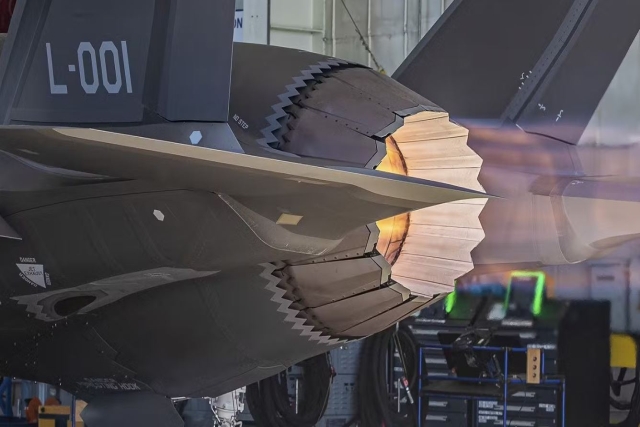UAV Capable Of Reaching Iran Back In Action, Says Israel
In an effort to up the ante against a possible conflict with Iran, Israel has re-launched its most advanced unmanned aerial vehicle, the Eitan, a Heron TP.
According to reports, the Eitan has been used by the Israeli Air Force to attack convoys carrying weapons in Sudan from Iran to terrorist outfits in Gaza. Meanwhile on Wednesday, outgoing Home Front Minister Matan Vilnai said Israel is 'ready as never before' for a 30-day war with Iran. Since the crash, the Air Force is readying the Eitan by insisting on a step-by-step investigation of what went wrong in an effort to minimize similar incidents involving UAVs. "We succeeded in obtaining absolute certainty that the fault has been fixed. After we located the problem, we understood that the extreme flight conditions of the test flights exposed the Eitan to load dangers that were liable to end in the way that the January test flight ended. Today, the chance of this happening verges on absolute zero," a defense official was quoted as saying. The Eitan, a long-range UAV, was grounded over seven months after an aircraft crashed in January during a payload flight test. A major setback in the $5 million per Eitan project, the Israeli Air Force and Israel Aerospace Industries (IAI) struggled to find the cause of the crash. Examination of the remains found that a wing spar broke under a load for which it was not designed to bear, during the test flight, The Globes reported on Tuesday. Designed to gather intelligence in difficult conditions, the Eitan, can stay in the air for over 35 hours, closely monitor a target and use satellite communications systems to “make it relevant under any scenario of a possible Israeli strike on Iran”. The Eitan, however, isn’t the first long-distance UAV built to target Iran. A top-secret US UAV, the RQ-170 Sentinel, crashed on a CIA intelligence gathering mission of Iran's nuclear facilities, according to The Globes.









